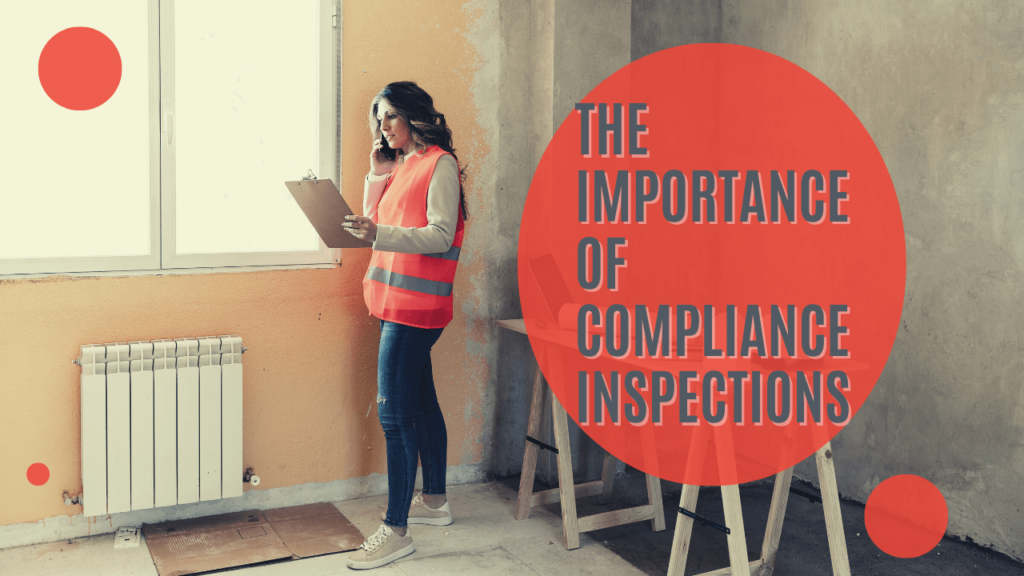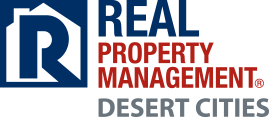The Importance of Compliance Inspections | Palm Springs Property Management

At Xepco Properties, we conduct compliance inspections every six months at the rental properties we manage. We believe this strikes an ideal balance between protecting the privacy and space of your tenants and ensuring that your property is in good condition.
What are you looking for during a compliance inspection, and why do they matter?
We’re talking about that in today’s blog.
Maintaining Properties and Avoiding Tenant Complaints
Compliance inspections are important for two main reasons:
- They allow you to take a preventative approach to maintaining your Palm Springs rental property and protecting its condition.
- They invite better tenant communication so you aren’t forced to respond to constant tenant complaints about things breaking down throughout the lease term.
Your regularly scheduled lease compliance inspections should be referenced in your lease agreement so tenants know to expect them. Explain that these inspections are the best way to keep the property safe, habitable, and attractive. Compliance inspections will also help you avoid the risk of violating laws or regulations that govern the operation of rental properties in Palm Springs.
Annual compliance inspections are typically enough for most properties. We like to do them every six months because it allows us to get inside the property halfway through a lease term. It also sets us up to get a good look at the property when the lease is about to renew, or when a tenant is preparing to move out.
We don’t recommend you conduct inspections too frequently. Showing up at a property without warning or just cause could be considered intrusive. Your tenants could file a complaint and claim that you are violating their right to quiet enjoyment of the property.
Compliance Inspections Result in Fewer Maintenance Emergencies
When you are inspecting your property every six months, you’re less likely to be surprised by emergency maintenance needs. This is going to keep your repair costs down as well. Those emergency calls in the middle of the night are always more expensive to manage. If you don’t respond to them right away, the delay could lead to further damage and deterioration of your property.
Compliance Inspections Complement Additional Inspections
Your compliance inspections should not be the only inspections you conduct. They should be incorporated into an already robust inspection schedule.
Some of the most important property evaluations you’ll conduct include the compliance inspection and:
- The move-in inspection. This is where you’ll document the condition of your property before tenants take possession. It’s important to be thorough. Not only are you testing everything in the home to make sure it works and to ensure that the property is clean and move-in ready, you’re also protecting yourself. Later, when tenants are moving out, there may be a dispute over a charge you make to the security deposit. You’ll be able to use your move-in inspection report to demonstrate the difference in property condition.
- The move-out inspection. This is the same as the move-in inspection, except it’s done after your tenants have vacated the property. It’s your opportunity to compare the condition of your home at move-in to how it looks after move-out. You’ll pay for any wear and tear items, but your tenants will be responsible for any damage. Be sure to offer a pre-move out inspection to your tenants, as that’s the law in California.
With a solid schedule of inspections, you’re protecting your property and keeping your tenants involved in the care and maintenance of your property.
What Should Compliance Inspections Include?
In general, your compliance inspections should focus on the overall maintenance of your investment property. You’ll want to identify any inoperable systems or appliances that need to be repaired or potentially replaced. When you’re doing these inspections every six months, you’ll have fewer maintenance requests called in by tenants.
Often, it helps to have an inspection checklist handy. Some of the items that you might include on that checklist should be:
- Verify that the only occupants in the home are those listed on the lease and screened during the leasing process.
- Check for any excessive wear and tear or damage throughout the property.
- Unauthorized changes to the property, such as different paint colors on the walls, appliances that were switched out, and other remodeling issues.
- Make sure the plumbing, electric, heating, and cooling systems are working.
- Inspect the HVAC system and look for signs of rust, malfunction, or age.
- Check the air filters. Are they being changed regularly?
- Make sure all doors and windows open, close, and lock easily.
- Is there trash, debris, or evidence of pests in the property?
- Ensure all pets are listed on the lease agreement.
If you come across any evidence of lease violations, address those with your tenants as soon as possible. You’ll also want to put that conversation in writing. List the lease violation, reference where in your lease agreement this is addressed, and provide your tenants with a specific amount of time to come into compliance.
You might encounter, during your compliance inspection, evidence of illegal or criminal activity. This is of course a lease violation as well, but you’ll want to consult with a real estate attorney to determine how that should be reported to law enforcement.
Creating an Inspection Report
An inspection report provides you, the owner, with a comprehensive look at how your property and your tenant are performing. This is part of what we provide with our compliance inspection service. Our report will tell you what’s going right, and what needs attention. It will include detailed photos and descriptions.
You’ll also receive recommendations about any work that we think may be necessary. This will cover maintenance, cosmetic issues, and any upgrades or improvements that will increase the value of your property.
 Your tenants will get a copy of the inspection report as well. This will keep them accountable to anything that needs their attention. It will also serve as a handy guide so they know what we’ll be looking for the next time we show up for a compliance inspection.
Your tenants will get a copy of the inspection report as well. This will keep them accountable to anything that needs their attention. It will also serve as a handy guide so they know what we’ll be looking for the next time we show up for a compliance inspection.
Questions about our process and how you can create your own compliance inspection schedule? To learn more, please contact us at Xepco Properties. We’d love to help.

